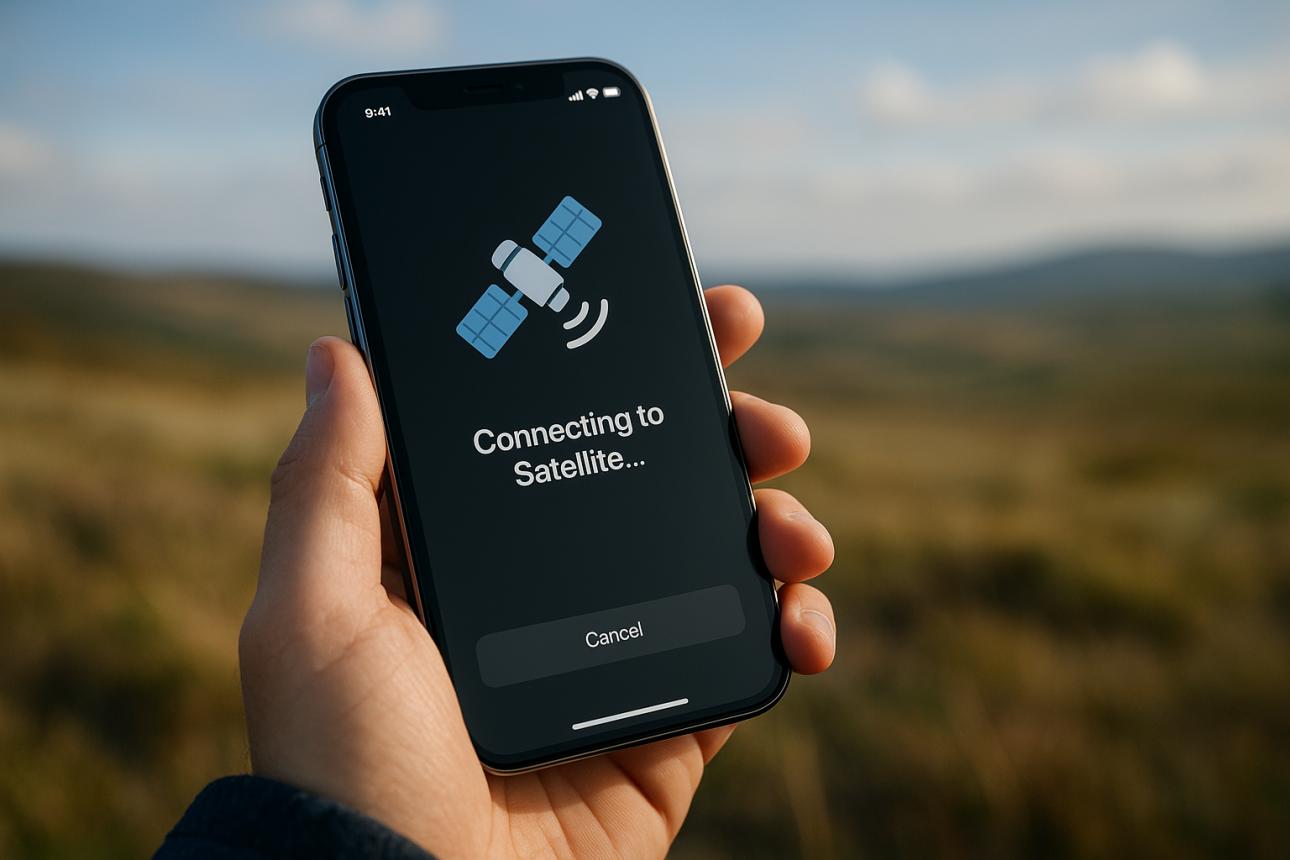
Recently, according to a comprehensive report by Global Times Technology, Apple is quietly advancing the research and development of a series of new satellite connection functions, aiming to further expand its ecosystem by endowing iPhone and some Apple Watch devices with advanced task processing capabilities that are independent of cellular network environments. This move seems to be another breakthrough attempt by a tech giant in the field of communication technology. However, from the perspective of the technical implementation path, user experience optimization and the impact on the industry ecosystem, the technical bottlenecks and industry challenges hidden behind it cannot be ignored.
From a technical implementation perspective, the integration of satellite communication and ground cellular networks is not a new topic. However, the core issue that Apple has proposed this time, such as offline maps, image transmission, and third-party access, needs to address lies in the data transmission efficiency and stability between low-orbit satellite networks and consumer-grade devices. At present, although low-orbit satellite communication has the advantages of wide coverage and low latency, the limited coverage of a single satellite and the vulnerability of signals to atmospheric interference determine that it remains questionable whether the equipment can continuously and stably receive satellite signals under complex terrain or extreme weather conditions. In addition, the bandwidth resources of satellite communication are limited. If a large number of users attempt to transmit pictures or download high-precision maps simultaneously, it may cause network congestion and instead reduce the user experience. If Apple fails to make breakthroughs at the hardware level (such as antenna design and power consumption optimization) and in software algorithms (such as data compression and intelligent scheduling), the practical effectiveness of these functions may be greatly reduced.
Further analysis shows that the integration of satellite functions places higher demands on the hardware of the equipment. Take offline maps as an example. To achieve precise navigation in a cell-free network environment, devices need to pre-load a large amount of map data, which undoubtedly occupies storage space. Moreover, data updates rely on satellite transmission, making it difficult to guarantee timeliness. The image transmission function requires the device to have a stronger signal capture and processing capability, especially in mobile scenarios (such as hiking and ocean travel), where the relative position between the device and the satellite changes rapidly. How to ensure the continuity of data transmission is a technical challenge that Apple needs to overcome. What is more worthy of attention is the power consumption issue of satellite communication. If the power consumption of the device is significantly increased to maintain satellite connection, it may go against Apple's consistent emphasis on the "battery life optimization" concept and affect the daily usage experience of users.
From the perspective of the industry ecosystem, Apple's expansion of satellite functions may trigger a chain reaction. On the one hand, if it successfully builds a global satellite communication service network, it will further consolidate its monopolistic position in the consumer electronics field and squeeze the survival space of other manufacturers. Especially for manufacturers that rely on third-party satellite services such as Starlink and Globalstar, Apple's vertical integration strategy may disrupt the existing cooperation model, forcing them to reevaluate their technical routes and market strategies. On the other hand, the popularization of satellite communication may exacerbate the digital divide.
In addition, data security and privacy protection are also issues that cannot be ignored. Satellite communication involves cross-regional and cross-network data transmission, and the complexity of its data transmission path increases the risk of interception or tampering. Apple needs to incorporate more rigorous security mechanisms into its functional design, such as end-to-end encryption and dynamic authentication, to address potential security threats. Meanwhile, the opening of satellite functions may attract more third-party developers to connect. How to ensure that the data processing of these applications complies with privacy regulations and prevent the leakage of user information is a responsibility that Apple needs to undertake.
To sum up, although Apple's move to accelerate its satellite ecosystem layout is forward-looking in terms of technological exploration, its implementation path is full of challenges. From the feasibility of technical implementation, the optimization of user experience, to the balance of the industry ecosystem, and then to data security and privacy protection, every link needs to be carefully weighed. If Apple wants to make a real breakthrough in the field of satellite communication, it needs to cooperate with industry partners with a more open attitude to jointly solve technical problems. At the same time, it should adhere to the principle of putting users' interests first and avoid neglecting actual needs and potential risks in pursuit of technological innovation.

Since 2025, the conflict between the United States and Europe over the governance of the digital economy has continued to escalate.
Since 2025, the conflict between the United States and Euro…
When German Chancellor Mertz officially announced that he w…
On December 3rd local time, the copper price on the London …
The European Commission announced a new economic security s…
The European Commission announced a new economic security s…
For nearly a year, US President Donald Trump has launched a…